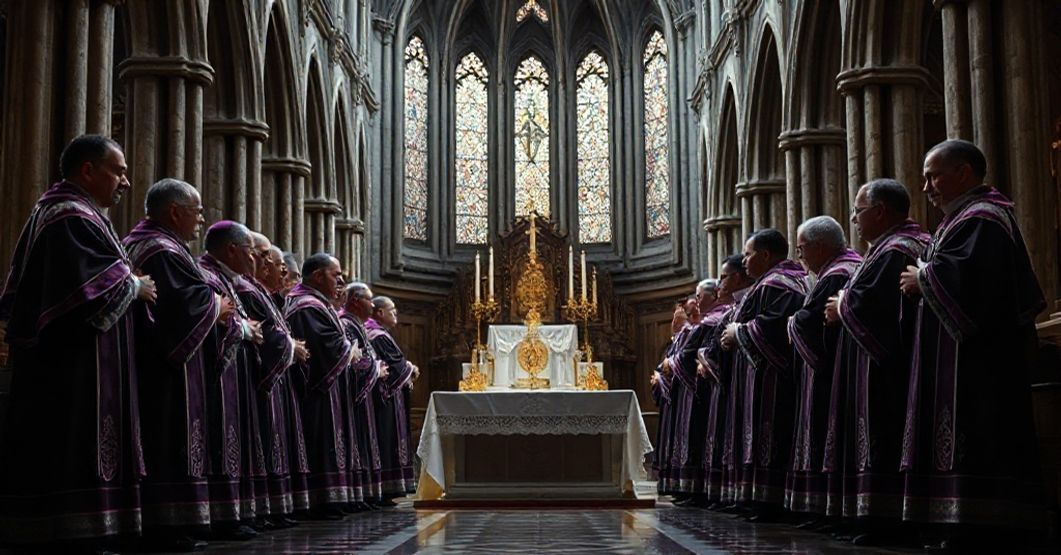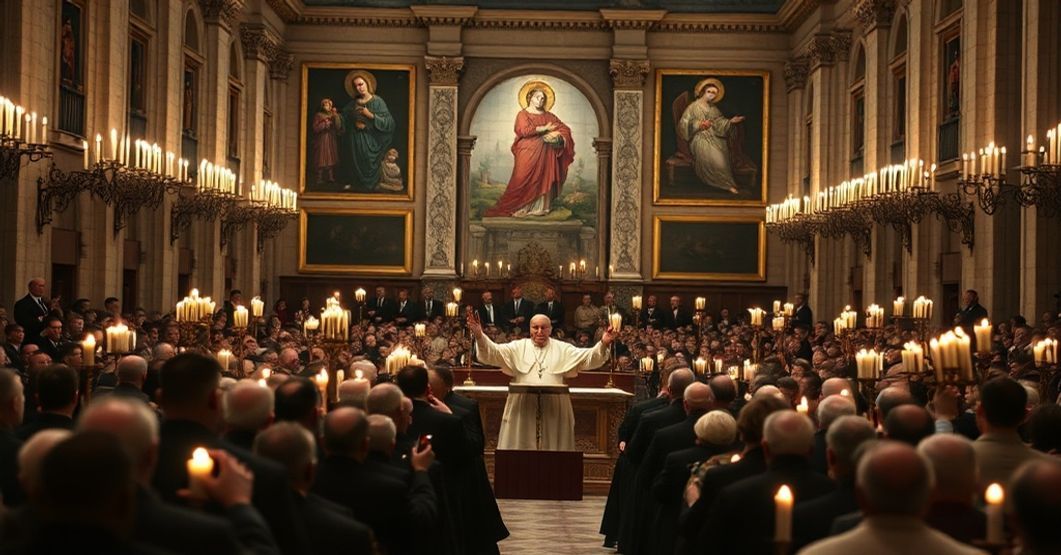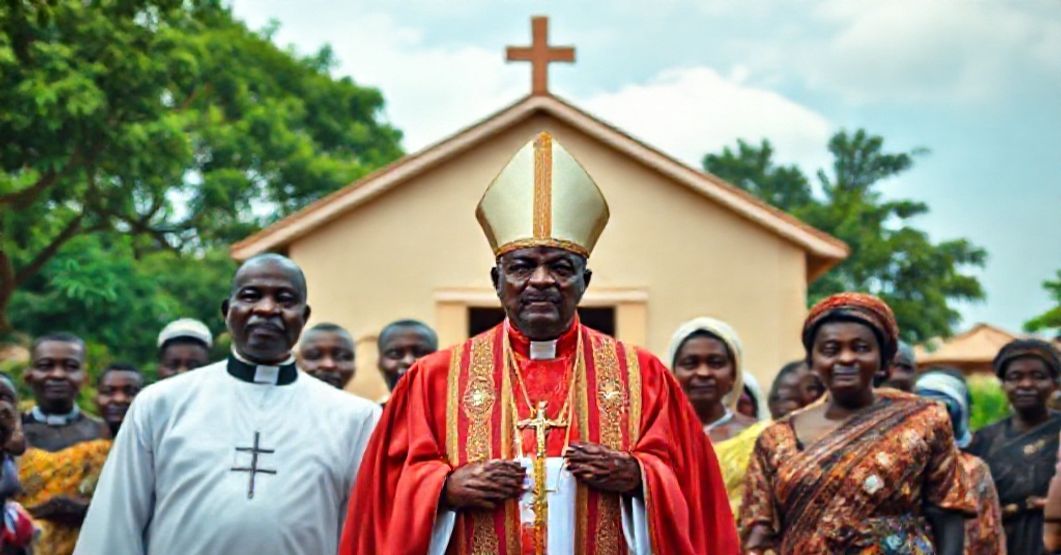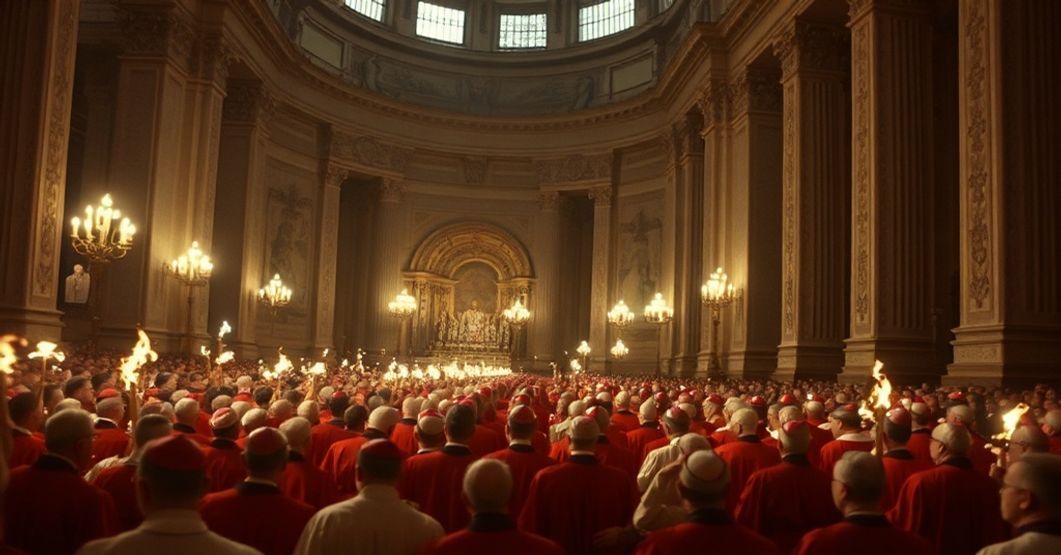Antipopes of the Antichurch



















Timeline of this heretical pontiff
Encyclical Letters
+ 15 posts1959
+ 7 posts1961
+ 4 posts1962
+ 2 posts1963
+ 2 postsApostolic Exhortations
+ 3 postsApostolic Constitutions
+ 93 posts1958
+ 6 posts1959
+ 87 postsMotu Proprio
+ 15 posts1958
+ 1 posts1959
+ 1 posts1962
+ 11 postsApostolic Letters
+ 151 posts1958
+ 4 posts1959
+ 63 posts1960
+ 78 posts1961
+ 1 posts1962
+ 4 posts1963
+ 1 postsSpeeches
+ 99 posts1958
+ 2 posts1959
+ 26 posts1960
+ 29 posts1961
+ 16 posts1962
+ 24 postsMessages
+ 6 posts1959
+ 4 postsHomilies
+ 4 postsLetters
+ 152 posts1958
+ 1 posts1959
+ 48 posts1960
+ 32 posts1961
+ 31 posts1962
+ 30 posts1963
+ 10 postsNot categorized
+ 1 posts1958
+ 1 postsNews feed


Culiacanensis (1959.04.06)
In this 1959 document, Angelo Roncalli, acting as “John XXIII,” establishes a collegiate chapter of canons at the cathedral of Culiacán. He specifies: the number of canons and prebendaries; one as Archdeacon, one as theologian, one as penitentiary; the mode of their provision; the partial norms for their prebends; the delegation of execution to the apostolic delegate; and, with remarkable detail, the choir dress and external habits these clerics may use. In other words: an elaborate piece of bureaucratic liturgical-administrative engineering, solemnly promulgated, which in retrospect exposes the central pathology of Roncalli’s regime—meticulous care for external structures and costumes accompanying, and serving as a prelude to, the systematic demolition of the faith.


Allocutio Ioannis XXIII (1962.12.08)
The text is an address by antipope John XXIII on 8 December 1962, marking the close of the first session of the so‑called Second Vatican Council. He lyrically links Marian feasts to the Council, praises the spectacle of gathered bishops and civil representatives, justifies the slow procedural beginning, outlines the intersession work by commissions, and exalts hoped-for “new Pentecost,” aggiornamento, and a future flourishing of the “Council’s” reforms throughout the Church and even secular society.


Oturkpoensis (1959.04.02)
The Latin text attributed to John XXIII announces the elevation of the Apostolic Prefecture of Oturkpo in Nigeria to the rank of a diocese, maintaining its name and boundaries, placing it as suffragan to Onitsha, entrusting it to the Congregation of the Holy Spirit (Spiritans), defining the episcopal see, seminary requirements, consultors, and financial provisions, and solemnly asserting its binding force with the usual juridical formulae of perpetuity and nullity of contrary acts. This seemingly modest act of “pastoral organization” is in reality a juridical and symbolic brick in the construction of the future conciliar revolution and the occupation of Africa by the neo-church of the New Advent.


Allocutio Ioannis XXIII (1962.12.07)
John XXIII’s allocution of 7 December 1962, given at the close of the first session of Vatican II in St Peter’s Basilica, is a brief self-congratulatory address to the assembled council fathers. He praises their participation, speaks of “charity in truth” governing the sessions, extols the “spectacle” of the worldwide episcopate gathered in unity, recalls with emotion the torchlight event in St Peter’s Square, entrusts the work to the Immaculate Virgin, and defines the aim of the Council as that the Gospel be better known and ever more deeply permeate “every area of civil culture.” In one sentence: this soft, sentimental, theatrical monologue is the manifesto of a new, horizontal religion in which the Church adores its own visibility and prepares the replacement of the reign of Christ the King with the cult of conciliar man.
Varia
Announcement:
– News feed –implemented
– Antipopes separate web sites with their all documents refutation – in progress
